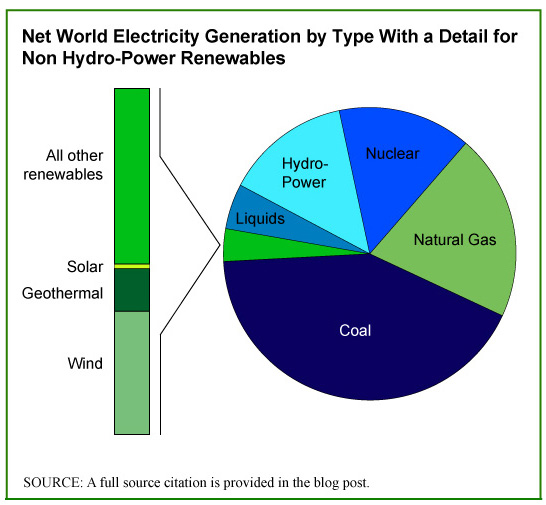
The United States is the undisputed leader worldwide when it comes to advertising, accounting for more than a third of all advertising and marketing expenditures worldwide. The chart shows the top ten countries by estimated advertising spending worldwide.
Please note that the graph is made from data that were produced in 2007 as a projection and much has changed since 2007. In fact, the summer of 2007 was a strange time, a time when investment firms were busy trying to pump confidence into a market that was weakening by the day. The report from which we got the figures used in the graph was published by Bear Stearns. In early 2008, Bear Stearns collapsed.
In a way, this example is a warning to all researchers to be careful when making assumptions about market data. By way of providing an interesting range of market sizes for Spending on Advertising and Marketing, we provide two measures for this overall market. One is from the Bear Stearns’ report produced in 2007 with projections for 2009. The other source is Advertising Age and its estimates have the advantage of reporting on 2009 after the fact. The graph is based on the projected data since that report offered the country-by-country breakdown.
Geographic reference: United States
Year: 2009
Market size: Bear Stearns projection, $194 Billion
Market size: AdAge estimate, $125 Billion
Source: (1) Advertising & Marketing Services, Bear Stearns, July 2007, page 40. (2) Advertising Age, June 21, 2010, page 10.
Original Source: ZenithOptimedia and Ad Age DataCenter.
Posted on April 5, 2011


